'Mystifying' ancient children's graves discovered in Norway
Intricate stone circles found to contain remains of children dating back to 800BC
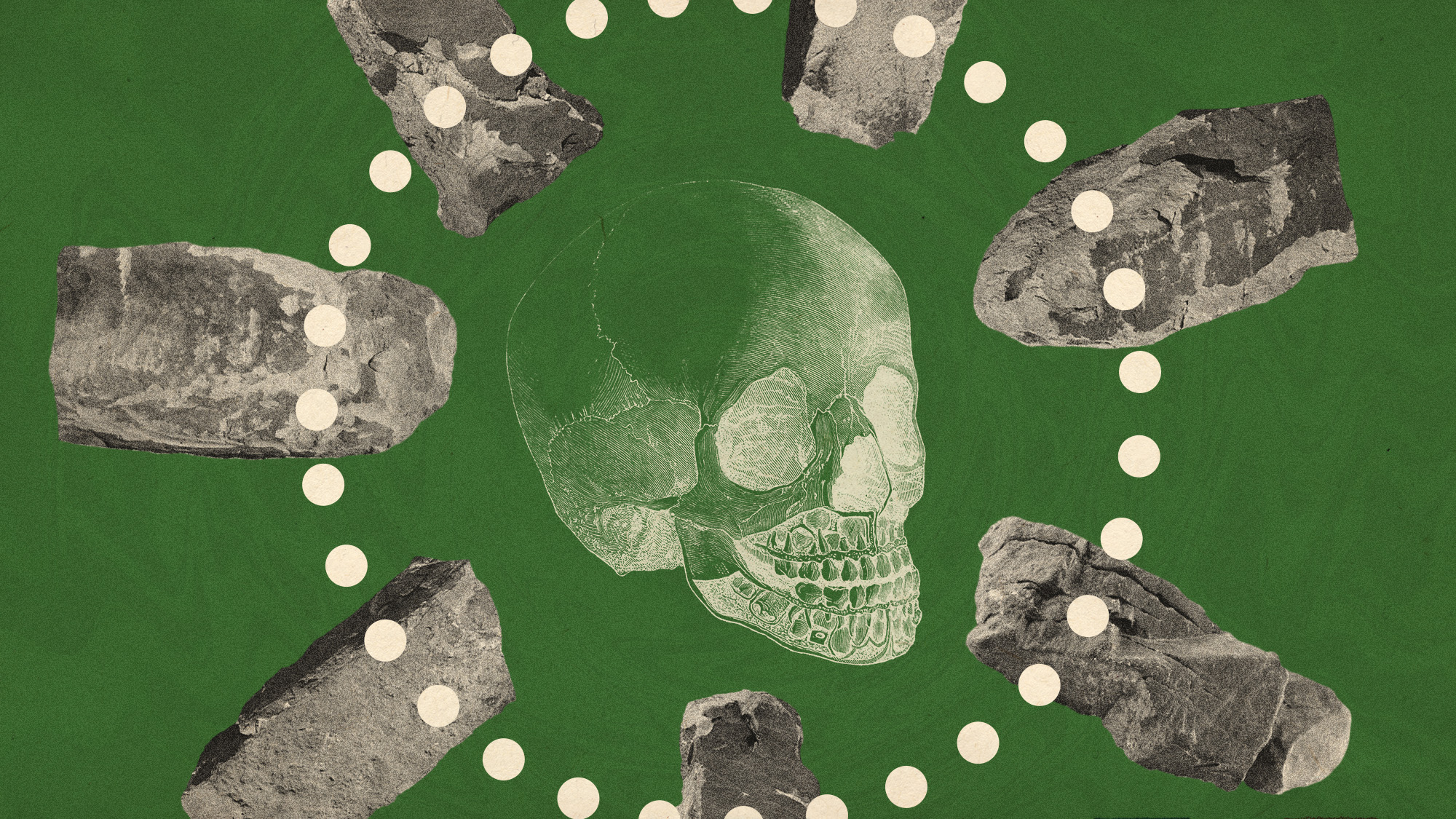
Dozens of stone circles discovered by chance have been identified as grave markers used to indicate the remains of children in Bronze Age and Iron Age Norway.
Archaeologists from Norway's Museum of Cultural History were utterly "mystified" when they first came across the stone circles at a site in Fredrikstad, around 50 south of Oslo last autumn, said Live Science.
'Meticulously crafted'
A series of intricate stone circles, which measure up to six feet across, were placed together like street cobblestones but were buried a few inches below the surface. The circles were placed around a large, central stone.
The Week
Escape your echo chamber. Get the facts behind the news, plus analysis from multiple perspectives.

Sign up for The Week's Free Newsletters
From our morning news briefing to a weekly Good News Newsletter, get the best of The Week delivered directly to your inbox.
From our morning news briefing to a weekly Good News Newsletter, get the best of The Week delivered directly to your inbox.
The graves at the "unique burial site" were "meticulously crafted", said Popular Science, with each stone "sourced from a different location and precisely placed".
"They've lain here as a secret until we found them", museum archaeologist Guro Fossum told Science Norway, adding that the team "uncovered one after another" and ultimately found 41 of the round stone formations.
New analysis has revealed that almost all of the burials contained children who died between 800 and 200 BC, during the transition from the Nordic Bronze Age and Iron Age. Many of the children were babies, and others ranged from three to six years old. Experts are now trying to piece together the wider story behind the discoveries.
'Burnt bones'
The area surrounding the ancient graveyard is dotted with rock carvings that describe voyages and sun worship, according to the museum.
A free daily email with the biggest news stories of the day – and the best features from TheWeek.com
It was common to cremate the dead on pyres and either bury or scatter any bones that remained. A flat layer of stones in a spiral or wheel pattern was often built over the cremation site, but the site at Fredrikstad is unusual because the graves "are very close together", Fossum said.
"They must have been in an open landscape, with thoroughfares nearby", so "everyone would have known about them". Cooking pits and fireplaces around the site "suggest that gatherings and ceremonies were held in connection with burials".
How the children met their deaths is also still open to question, but the evidence shows that the burial site was "used over a long period", said Fossum, "so they couldn't all have died in the same natural disaster or outbreak of disease or epidemic".
Infant mortality was "undoubtedly high at the time", said Indy100 but the experts have no firm explanation for how this mass grave site came to be.
Archaeologists plan to analyse the artefacts from the site, including pieces of pottery. This "can tell us a lot", Fossum said, because "it doesn't appear that all the vessels were containers for burnt bones" as some were placed between the graves: "We are very curious about what was inside them".
Chas Newkey-Burden has been part of The Week Digital team for more than a decade and a journalist for 25 years, starting out on the irreverent football weekly 90 Minutes, before moving to lifestyle magazines Loaded and Attitude. He was a columnist for The Big Issue and landed a world exclusive with David Beckham that became the weekly magazine’s bestselling issue. He now writes regularly for The Guardian, The Telegraph, The Independent, Metro, FourFourTwo and the i new site. He is also the author of a number of non-fiction books.
-
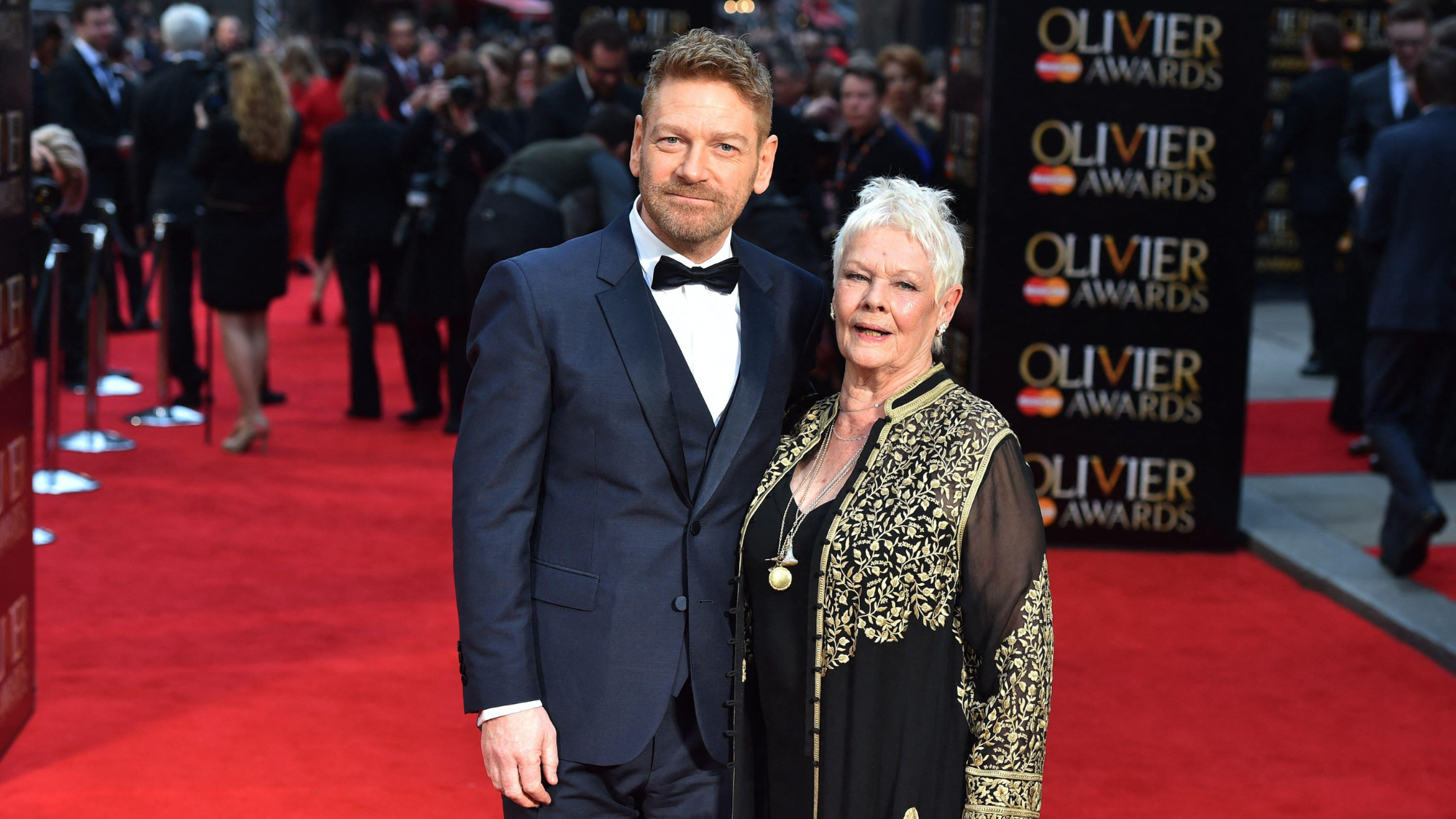 Tea with Judi Dench: ‘touching’ show is must-watch Christmas TV
Tea with Judi Dench: ‘touching’ show is must-watch Christmas TVThe Week Recommends The national treasure sits down with Kenneth Branagh at her country home for a heartwarming ‘natter’
-
 Codeword: December 24, 2025
Codeword: December 24, 2025The daily codeword puzzle from The Week
-
 Sudoku medium: December 24, 2025
Sudoku medium: December 24, 2025The daily medium sudoku puzzle from The Week
-
 The moon is rusting
The moon is rustingUnder the radar The Earth is likely to blame
-
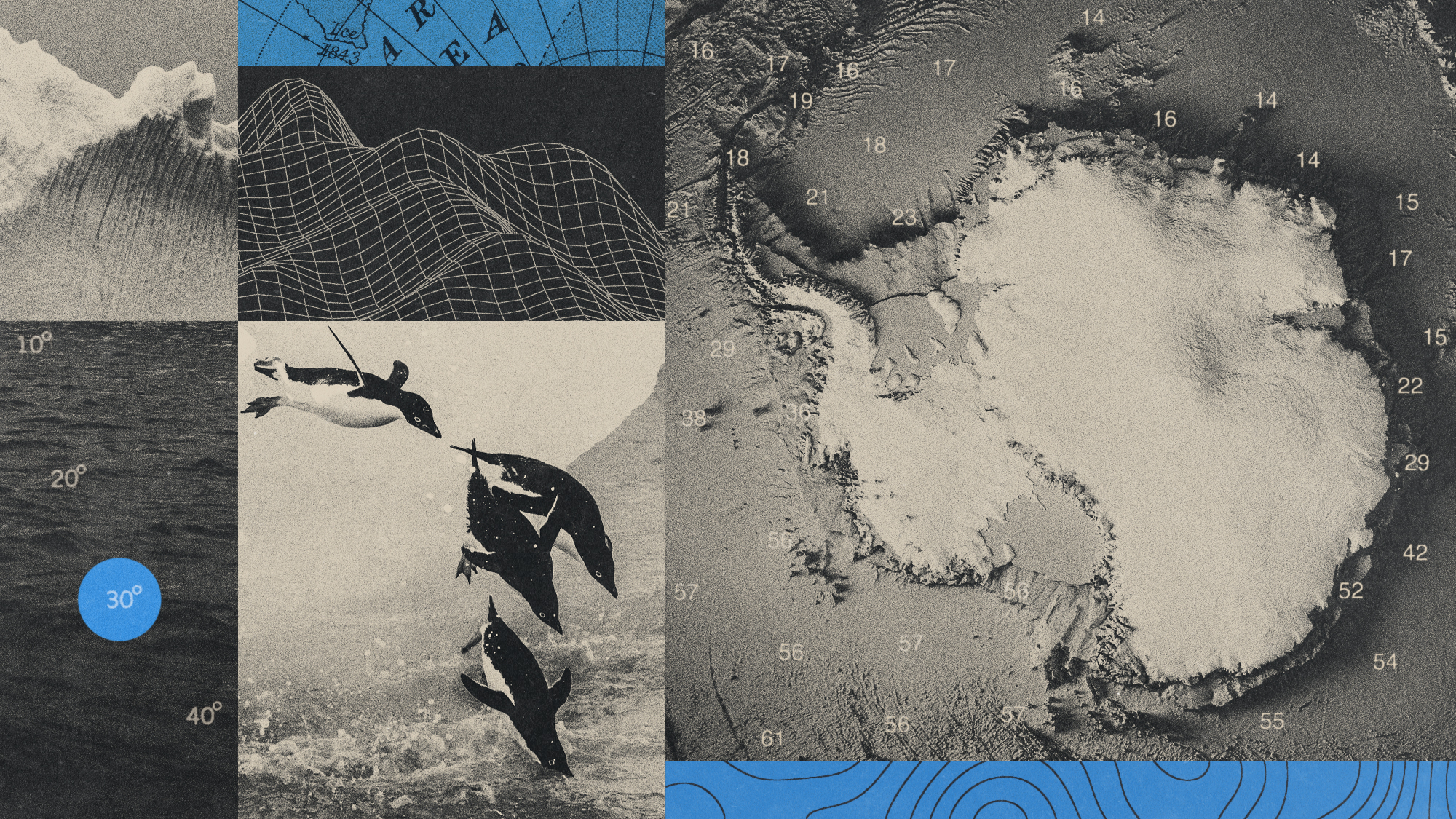 Canyons under the Antarctic have deep impacts
Canyons under the Antarctic have deep impactsUnder the radar Submarine canyons could be affecting the climate more than previously thought
-
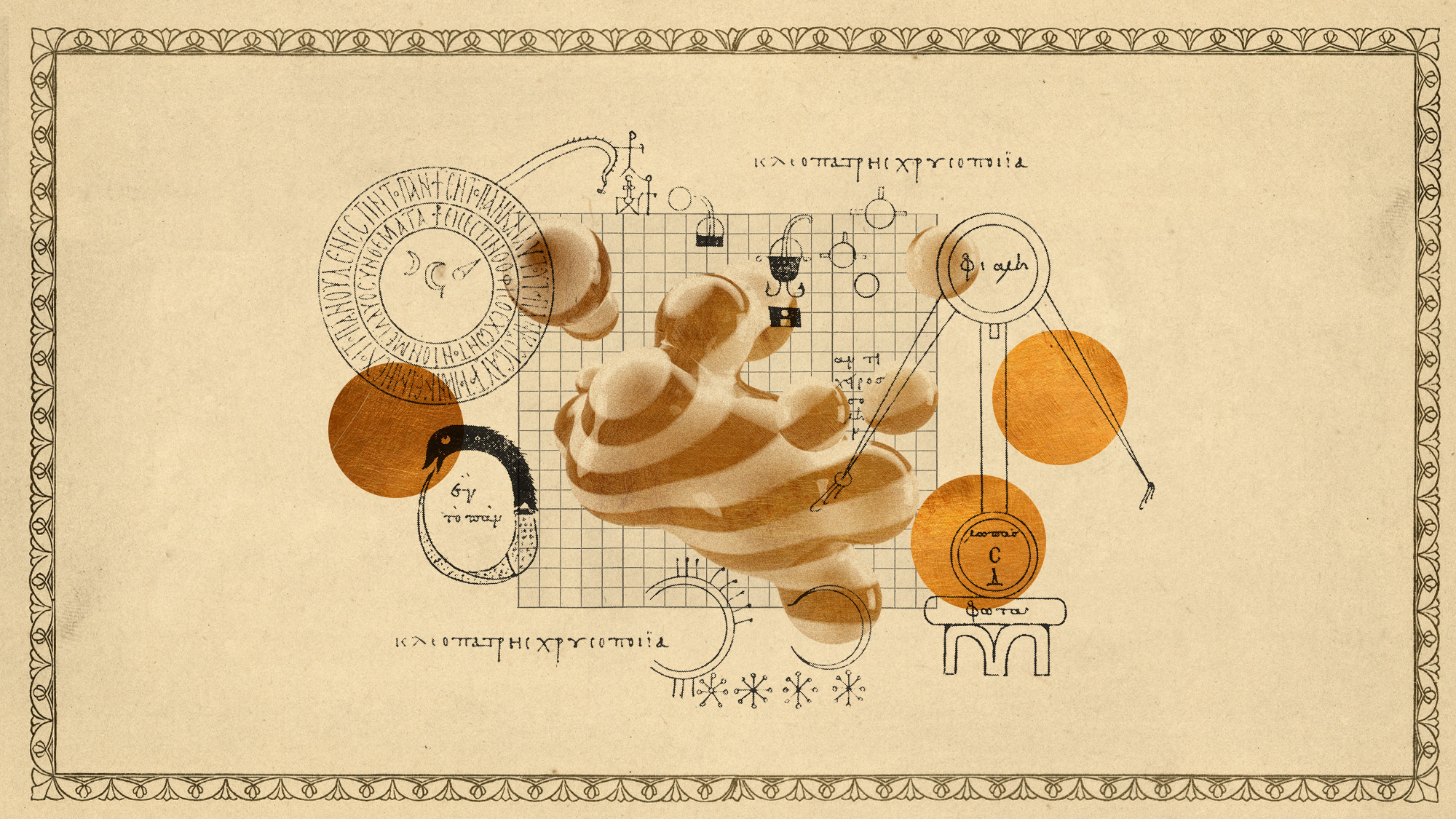 Atoms into gold: alchemy's modern resurgence
Atoms into gold: alchemy's modern resurgenceUnder the radar The practice of alchemy has been attempted for thousands of years
-
 Hurricanes are not exclusive to Earth. They can happen in space.
Hurricanes are not exclusive to Earth. They can happen in space.Under the radar These storms may cause navigational problems
-
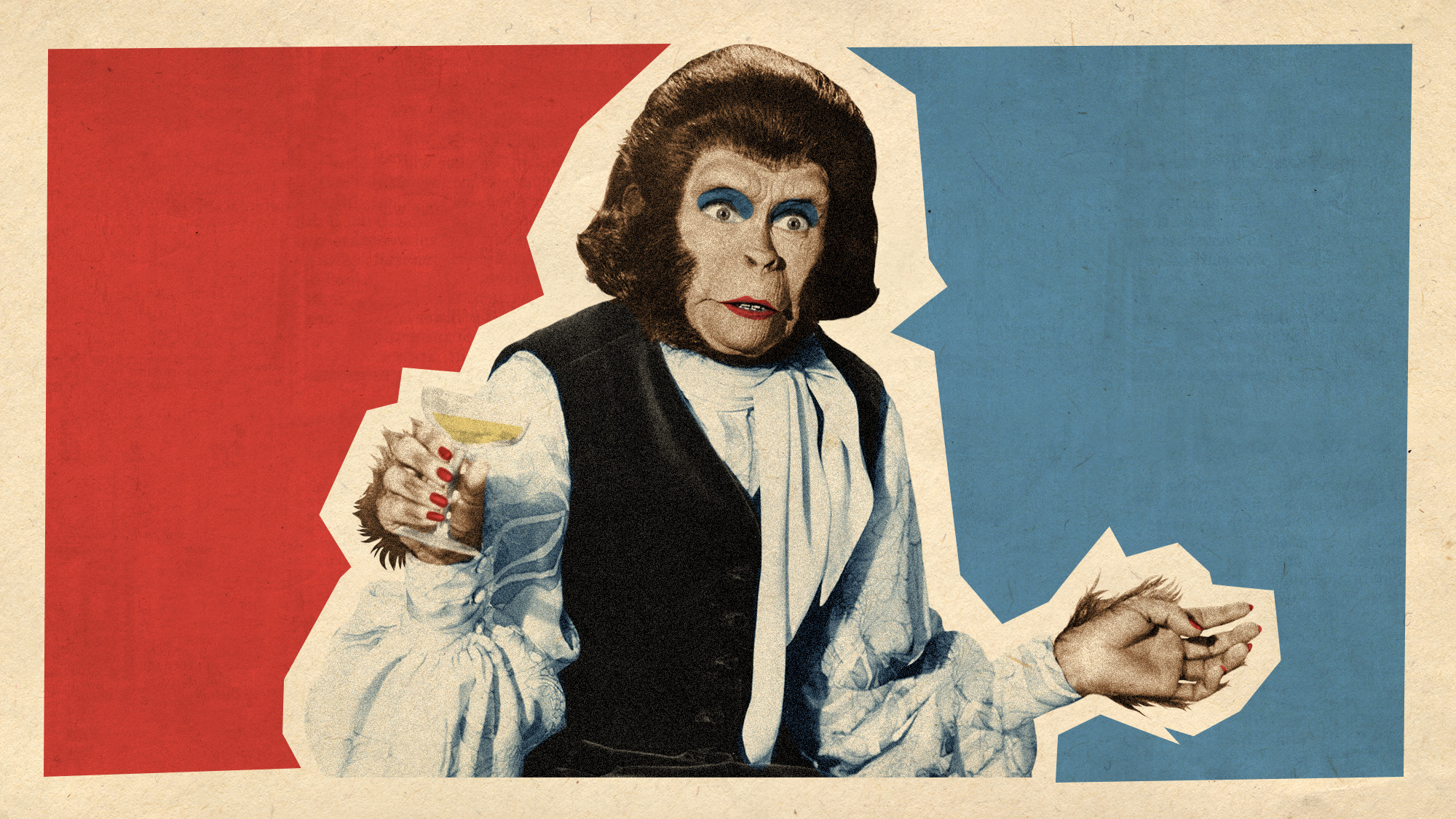 Bad news, alpha males. You likely don't actually exist.
Bad news, alpha males. You likely don't actually exist.Under the radar Most primate communities are egalitarian
-
 Retro tomatoes: a species of the plant is evolving backward
Retro tomatoes: a species of the plant is evolving backwardUnder the radar Environmental factors may play a role
-
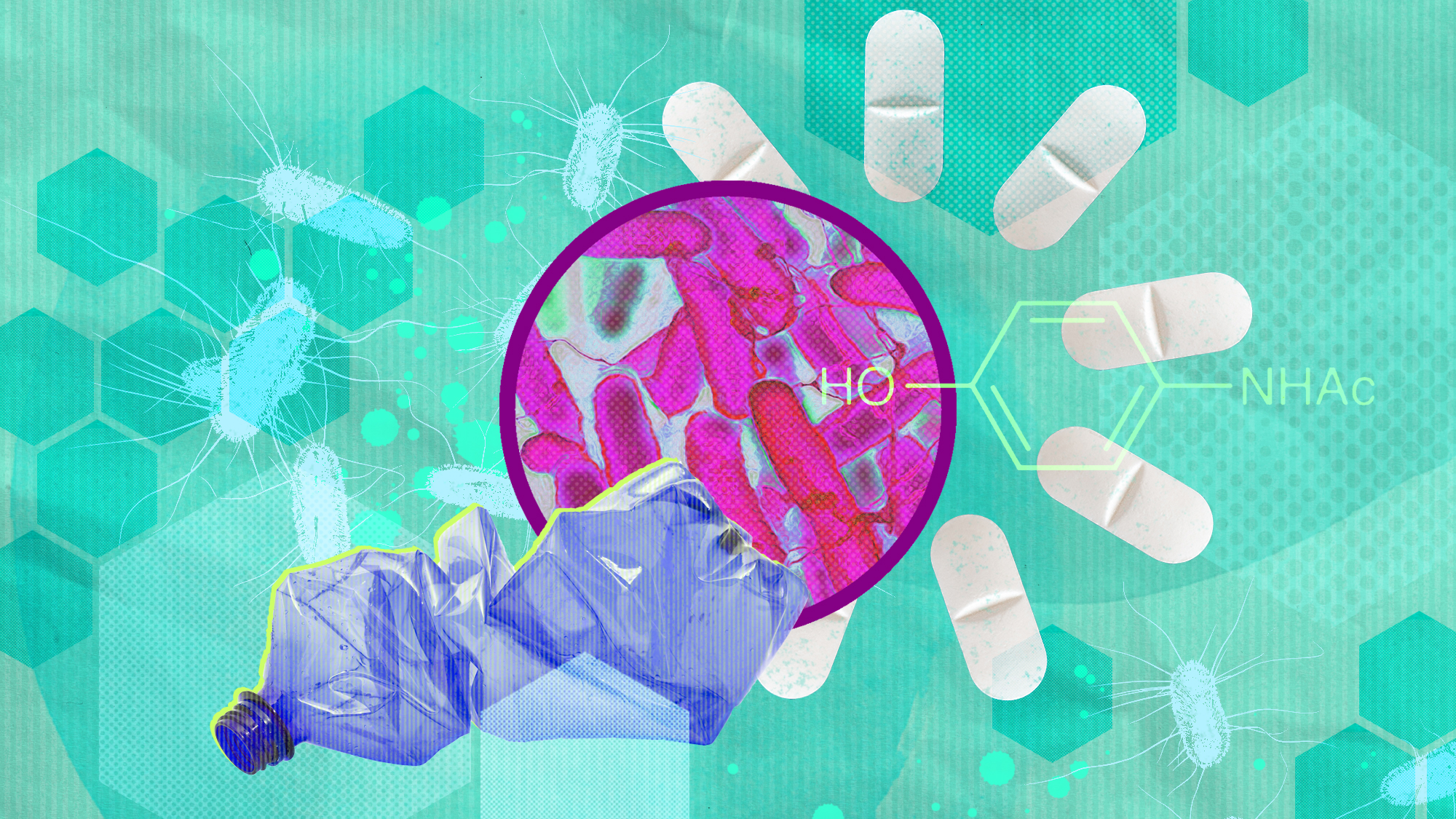 Bacteria can turn plastic waste into a painkiller
Bacteria can turn plastic waste into a painkillerUnder the radar The process could be a solution to plastic pollution
-
 Scientists want to regrow human limbs. Salamanders could lead the way.
Scientists want to regrow human limbs. Salamanders could lead the way.Under the radar Humans may already have the genetic mechanism necessary